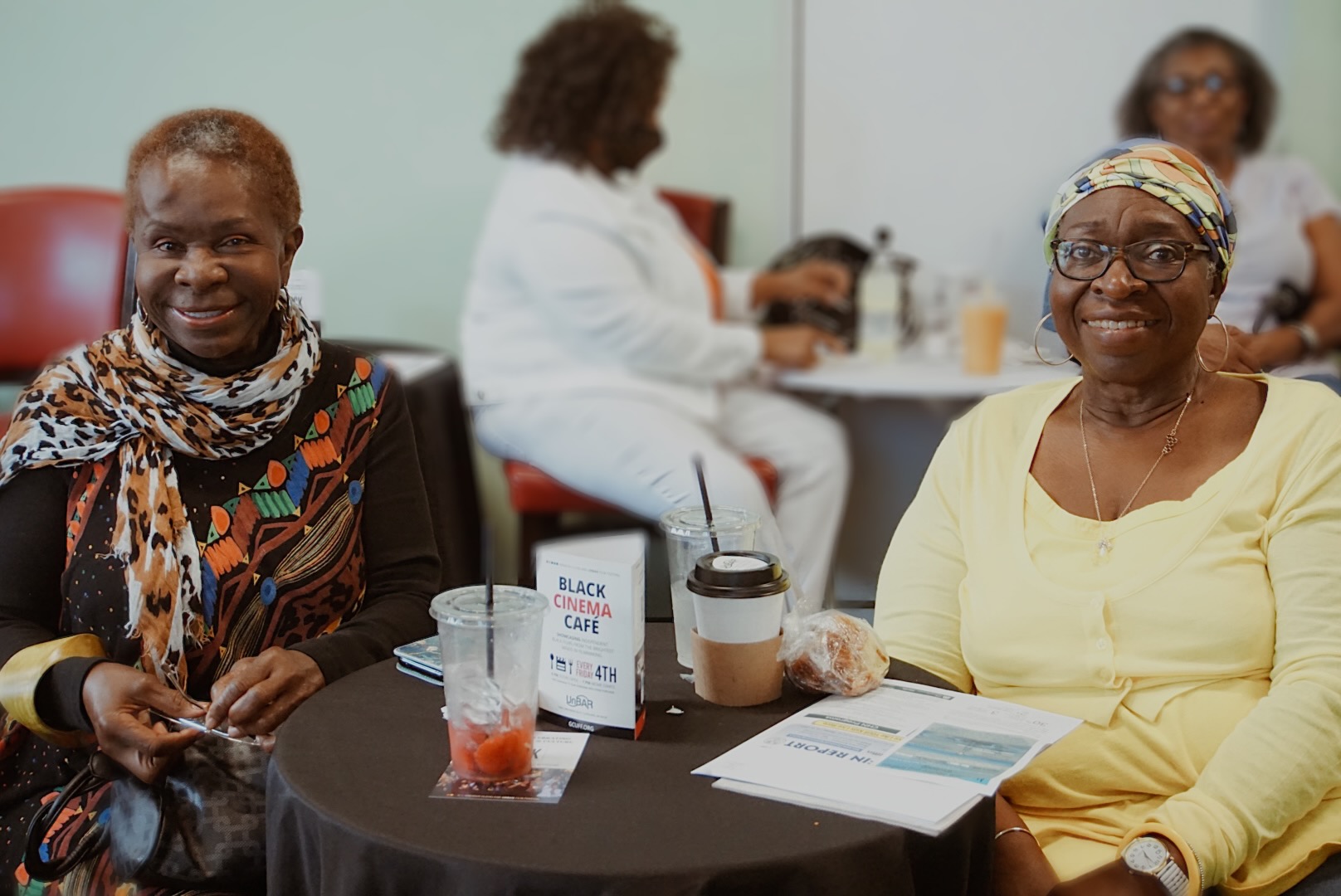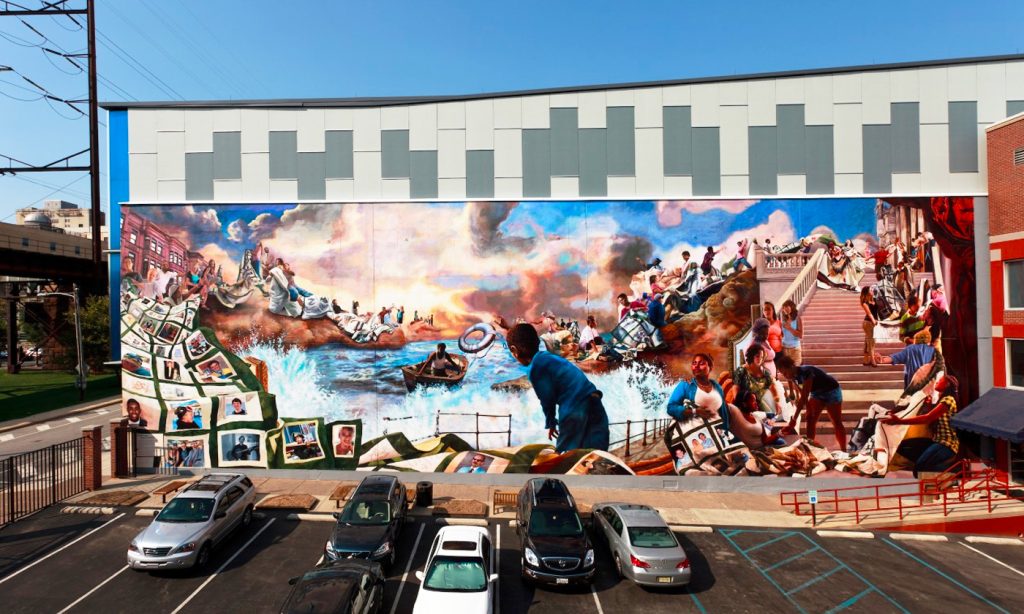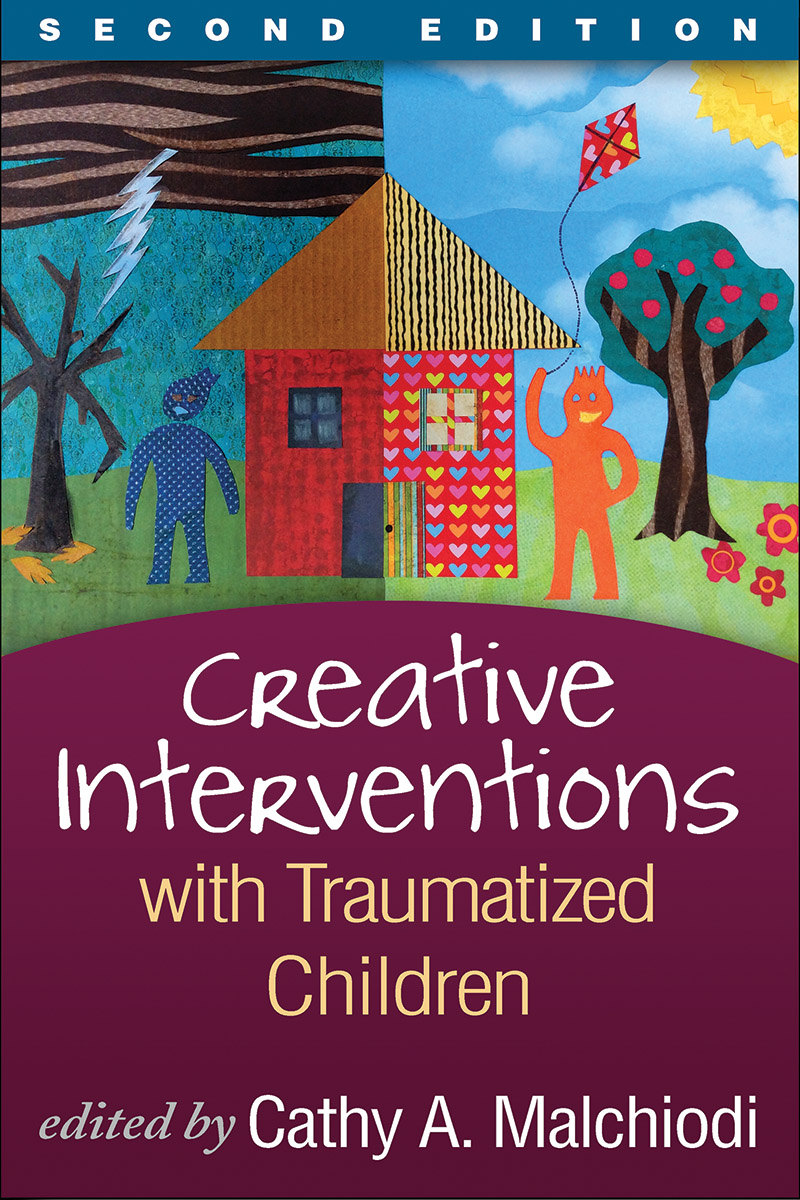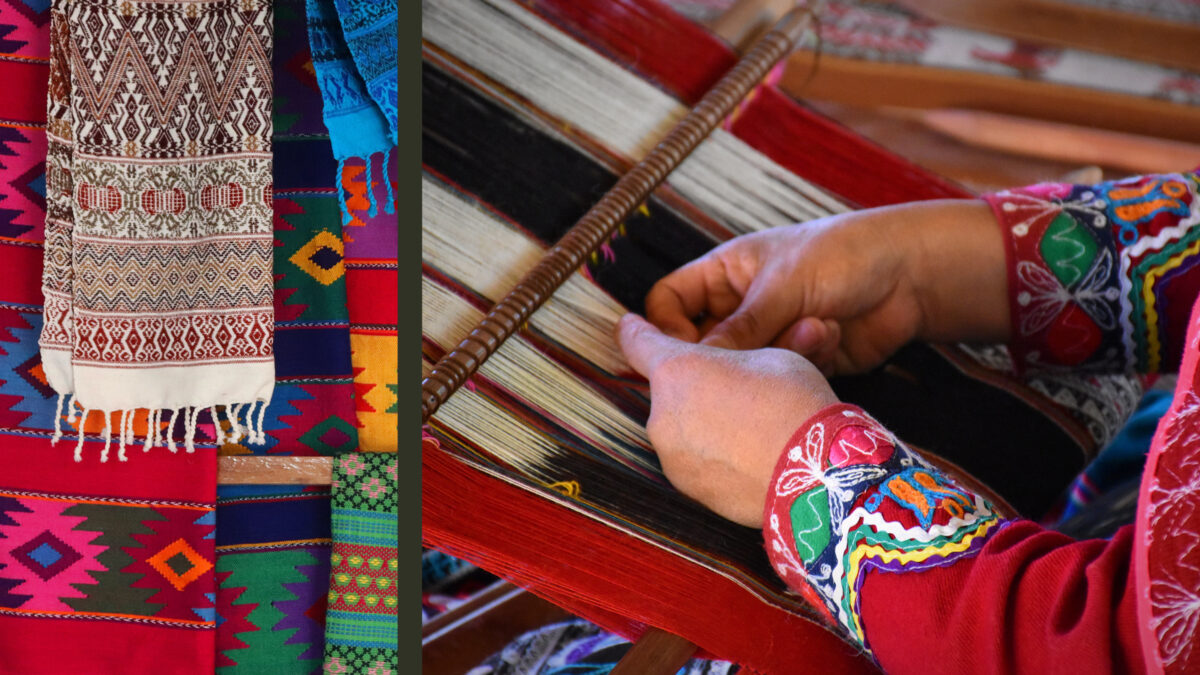The Influence of Community Art: Building Connections and Identity through Collaborative Projects

The Transformative Power of Community Art
Community art serves as a powerful catalyst for social change, fostering connections and nurturing a sense of identity among diverse groups of individuals. This vibrant form of expression encourages local collaboration and creativity, allowing communities to evolve through shared artistic experiences. By involving residents, local artists, and organizations, community art projects create a unique reflection of their participants’ narratives and collective history.
Examples of impactful community art projects can be seen across many cities in the United States. For instance, mural festivals in places like Philadelphia and Los Angeles transform cityscapes into expansive canvases. These festivals often invite artists from around the world to paint murals that resonate with local themes and concerns, engaging neighborhoods and inviting residents to come together for a common purpose. Such events not only beautify public spaces but also bolster local pride and identity.
Another noteworthy example is public sculpture installations, which can commemorate regional history or cultural milestones. In Chicago, the famous Cloud Gate, or “The Bean,” epitomizes this approach by reflecting the city’s skyline while encouraging visitors and locals alike to engage with art in a communal space. Similarly, the Memorial to Victims of Violence in San Juan, Puerto Rico, creates a dialogue around public safety and remembrance, serving as a poignant reminder of the community’s resilience.
Community theater groups also play a pivotal role, bringing local stories to life on stage. In New York City, organizations like the New York Theatre Workshop collaborate with neighborhood residents to develop performances that highlight their realities, from struggles to triumphs. These productions encourage public discourse and help participants articulate their experiences, enriching the community’s cultural landscape.
These initiatives not only beautify public spaces but also:

- Encourage collaboration between artists and community members, leading to skills sharing and mutual learning.
- Promote social cohesion by addressing local issues, providing a platform for dialogue around pressing societal challenges.
- Support a collective identity through shared artistic expression, allowing individuals to see themselves as part of a larger narrative.
The essence of community art lies in its ability to inspire dialogue and strengthen relationships. As these projects unfold, they weave a rich tapestry of creativity that honors cultural diversity while fostering a deeper understanding among residents. The journey into this vibrant world of collaborative art reveals the profound influence it has on communities across the United States and beyond.
In conclusion, exploring the impact of community art showcases its vital role in shaping social dynamics. As residents come together to create and share their stories, they build a shared foundation that fosters solidarity and understanding. With each brushstroke, performance, or sculpture, the community steps closer to realizing its potential as a collaborative force for positive change.
DISCOVER MORE: Click here to learn about the transformative power of art
Fostering Collaboration and Identity Through Artistic Vision
Community art serves not only as a creative outlet but as a significant formative force in fostering collaboration and reinforcing shared identity. When people engage in creative processes together, they establish connections that transcend their differences—whether those be cultural, socio-economic, or even generational. Through art, individuals develop a sense of belonging, which is vital for societal cohesion.
One striking illustration of this can be found in community gardens that integrate art and horticulture. These spaces invite local artists to create murals that reflect the themes of growth, nature, and togetherness. For example, a community garden project in Detroit collaborated with local artists to adorn its fences with vibrant murals that incorporate the stories of nearby residents. Such projects offer opportunities for participants to share their cultural heritage, while also cultivating an environment that encourages interaction among people of diverse backgrounds.
The effects of community art extend beyond aesthetics; they can actively engage residents in essential discussions concerning their lives and neighborhoods. Community art initiatives often address pressing social issues by inviting participants to share their experiences through visual storytelling, performance, and exhibitions. The Street Art Project in Boston provides a remarkable example of this, where local artists work with youth in the area to express their thoughts on gun violence and community safety. Through the development of murals as a commentary on their lived experiences, youth find empowerment and a sense of voice that speaks to larger societal challenges.
Key Benefits of Community Art Projects
- Strengthened Relationships: Collaborative projects foster new friendships and connections that contribute to a sense of belonging within the community.
- Enhanced Communication: These initiatives create platforms for dialogue around critical issues, encouraging residents to articulate their concerns and ideas through artistic expressions.
- Collective Empowerment: Community art projects enable participants to work together towards a common goal, instilling a sense of ownership over their environment and experiences.
As communities dive into the creation process, they engage in dialogue triggered by the themes explored through art. Participants often discover shared values and aspirations that unite them, laying the groundwork for a cohesive community identity. This sense of collective identity not only enhances local pride but also seeds a deeper understanding of one another’s perspectives. As such, community art becomes a means to bridge divides, inspiring residents to embrace their differences and recognize the beauty in their diversity.
Ultimately, the influence of community art extends far beyond the canvas; it can transcend barriers, forge lasting relationships, and galvanize passion for positive change. As vibrant initiatives continue to emerge across the United States, they invite residents to witness their own stories reflected back at them, amplifying the chorus of shared experiences that compose the heart of a community.
The Impact of Community Art on Social Cohesion
Community art projects serve as a powerful catalyst for enhancing social cohesion among various demographics. By bringing together individuals from diverse backgrounds, these initiatives foster a sense of belonging and shared purpose. When people engage in the process of creating art collaboratively, they break down social barriers and challenge preconceived notions about one another. This engagement leads to improved communication and understanding, ultimately reinforcing community ties.Moreover, community art is vital in amplifying local voices and stories. Projects often draw inspiration from the lived experiences of participants, allowing them to express their unique cultural identities through artistic mediums. This representation not only celebrates diversity but also promotes inclusivity within the community. Through this artistic dialogue, individuals can explore their identities and contribute to a collective narrative that reflects the richness of their shared heritage.
Educational Benefits of Collaborative Art Projects
The educational aspect of community art cannot be overlooked. Collaborative projects in community settings provide opportunities for learning and skill development in a creative environment. Participants often gain valuable knowledge about art techniques and concepts while also enhancing soft skills such as teamwork, problem-solving, and empathy. These experiences can be particularly transformative for young people, offering them a chance to cultivate their artistic talents while boosting their confidence.Additionally, community art projects can encourage the exploration of social issues and historical contexts. Workshops and discussions often accompany the creative process, enabling participants to delve deeper into topics such as social justice, environmental awareness, and cultural heritage. This educational component not only enriches the artistic experience but also empowers community members to become informed advocates for change within their neighborhoods.
| Advantages | Key Features |
|---|---|
| Enhanced Community Engagement | Promotes participation and collaborative efforts in local art initiatives. |
| Cultural Expression | Allows individuals to showcase their heritage through creative outlets. |
| Skill Development | Facilitates learning opportunities in art techniques and collaboration. |
| Social Awareness | Encourages discussions on social issues and community challenges. |
By engaging with community art, participants embark on a journey of personal and collective growth, creating a vibrant tapestry of connection, cultural identity, and social responsibility that enriches their communities.
DISCOVER MORE: Click here to learn about the transformative power of art
The Impact of Community Art on Social Change and Local Economies
Beyond fostering collaboration and reinforcing identity, community art serves as a catalyst for social change and can significantly boost local economies. When artists and residents come together to create art, they strengthen their communities in unforeseen ways. For instance, art shows, festivals, and public installations can elevate community profiles, drawing in visitors and stimulating local businesses.
A prime example of this phenomenon can be seen in the Philadelphia Mural Arts Program, one of the largest public art programs in the United States. This initiative not only beautifies neighborhoods but also supports local artists, thereby providing job opportunities. The murals created often encapsulate community themes and history, pushing forward a dialogue about neighborhood issues. Studies have shown that areas with impactful public art witness an increase in foot traffic, which in turn benefits local shops, cafes, and markets.
Moreover, community art projects embody sustainability in more ways than one. They encourage the reuse of public spaces, integrating creative practices into daily life and promoting a shared responsibility for improvements in the neighborhood. For instance, the LA Commons program involves local artists working hand-in-hand with communities to reclaim public spaces through murals and art installations that resonate with local narratives. The project transforms neglected areas into vibrant canvases, reinforcing a sense of ownership and pride among residents.
Art as a Vehicle for Dialogue and Education
Community art is also an invaluable tool for education and advocacy. Through workshops and collaborative projects, participants are provided with the resources to express their grievances or perspectives artfully. The Braddock, Pennsylvania, community art initiative exemplifies this; it encourages local youth to explore their narratives through artistic expression while addressing significant social issues, such as poverty and inequality. The resulting work not only reflects their lived experiences but also serves as a platform for raising awareness and initiating community dialogue.
In instances of cultural misrepresentation or lack of visibility, community art can act as a form of resistance. In many cases, minority groups have used art to reclaim their narratives. For example, the Chicano murals in Los Angeles artfully reassert identity and heritage, celebrating the Chicano culture while simultaneously challenging stereotypes. The power of these murals extends beyond their visual presence; they foster critical conversations about identity politics and the importance of representation in public spaces.
The Role of Technology in Community Art
As society continues to evolve, so does the intersection of community art and technology. Digital platforms and social media have made it easier for artists and communities to connect, collaborate, and disseminate their work widely. Initiatives like the Art + Tech Program bridges the gap between technology and community art, facilitating projects that explore the innovative use of digital media in public spaces. A widely shared digital project may catalyze community involvement on a scale that traditional mediums may not achieve, thus modernizing the ways communities engage in artistic expressions.
In essence, community art embodies a dynamic force that not only cultivates individual creativity but also unites people toward collective outcomes. By embracing shared experiences, history, and aspirations, community art becomes a vital instrument for change, forging meaningful connections and allowing individuals to impact the fabric of their neighborhoods in profound ways.
DIVE DEEPER: Click here to discover the connection between music and creativity
Conclusion: Embracing Community Art for Collective Growth
In conclusion, the influence of community art extends far beyond mere aesthetics; it catalyzes social change and cultivates connections that strengthen the very fabric of our neighborhoods. By bringing together diverse voices and experiences, community art projects foster a shared sense of identity and belonging. As we’ve explored, these collaborative efforts not only enhance community pride but also possess the potential to stimulate local economies, making neighborhoods more vibrant and inviting.
Moreover, the impact of digital technologies has transformed the way communities engage with art, facilitating broader participation and innovative forms of expression. From murals that tell the stories of marginalized groups to public installations that prompt critical conversations, community art serves as a powerful means to challenge narratives and promote understanding. As initiatives like the Philadelphia Mural Arts Program and LA Commons demonstrate, the potential for positive change is immense when creatives and communities join forces.
The call to action is clear: investing in community art is investing in social cohesion and sustainable development. As we continue to navigate an increasingly divided world, prioritizing collaborative artistic projects can foster empathy, ignite dialogue, and pave the way for a more inclusive future. Exploring how we can support and expand these initiatives is essential for nurturing resilient communities capable of adapting in an ever-evolving landscape. The time is now to embrace the transformative power of community art, for through it, we can create lasting connections that enrich our identities and communities.


